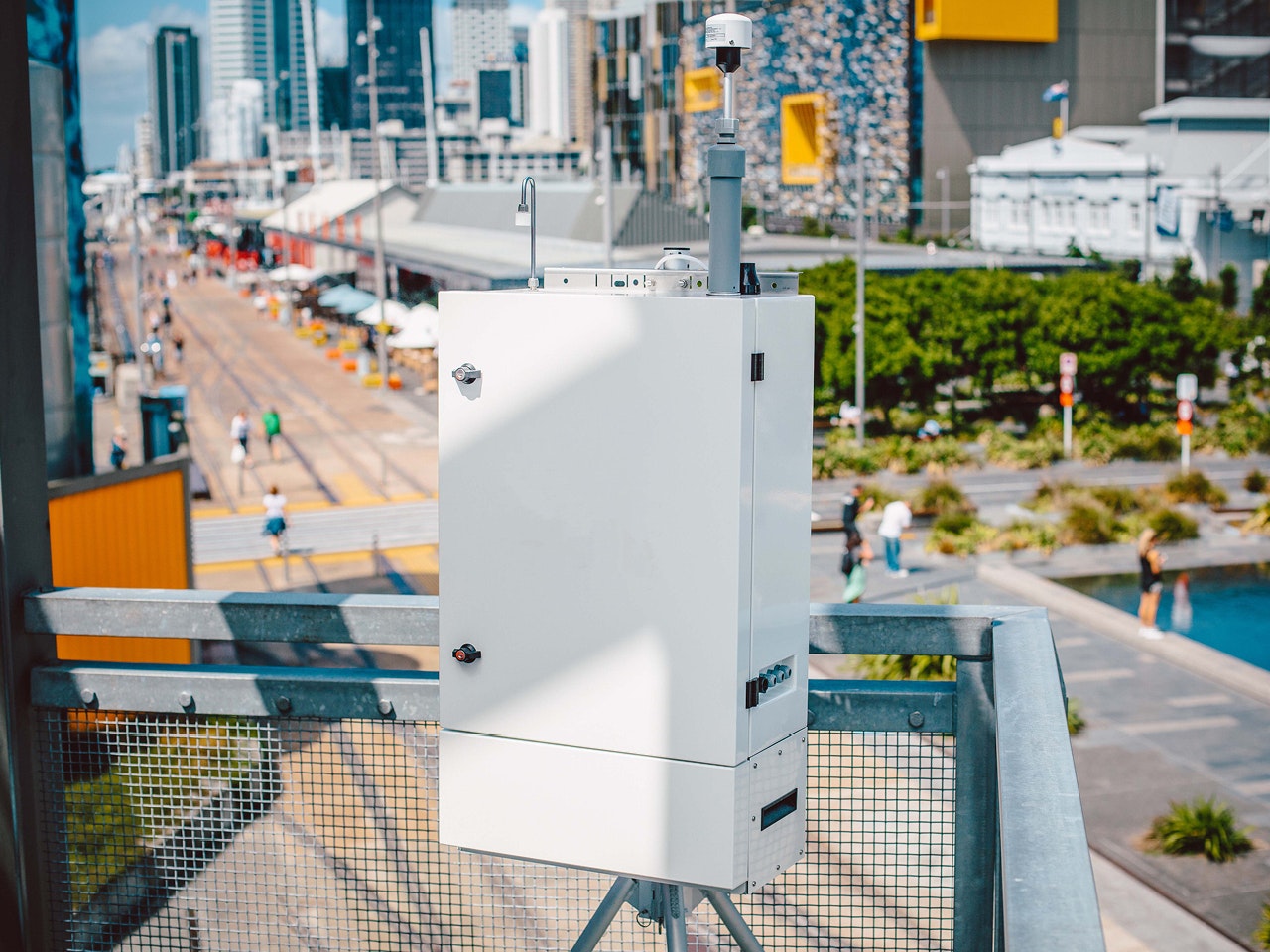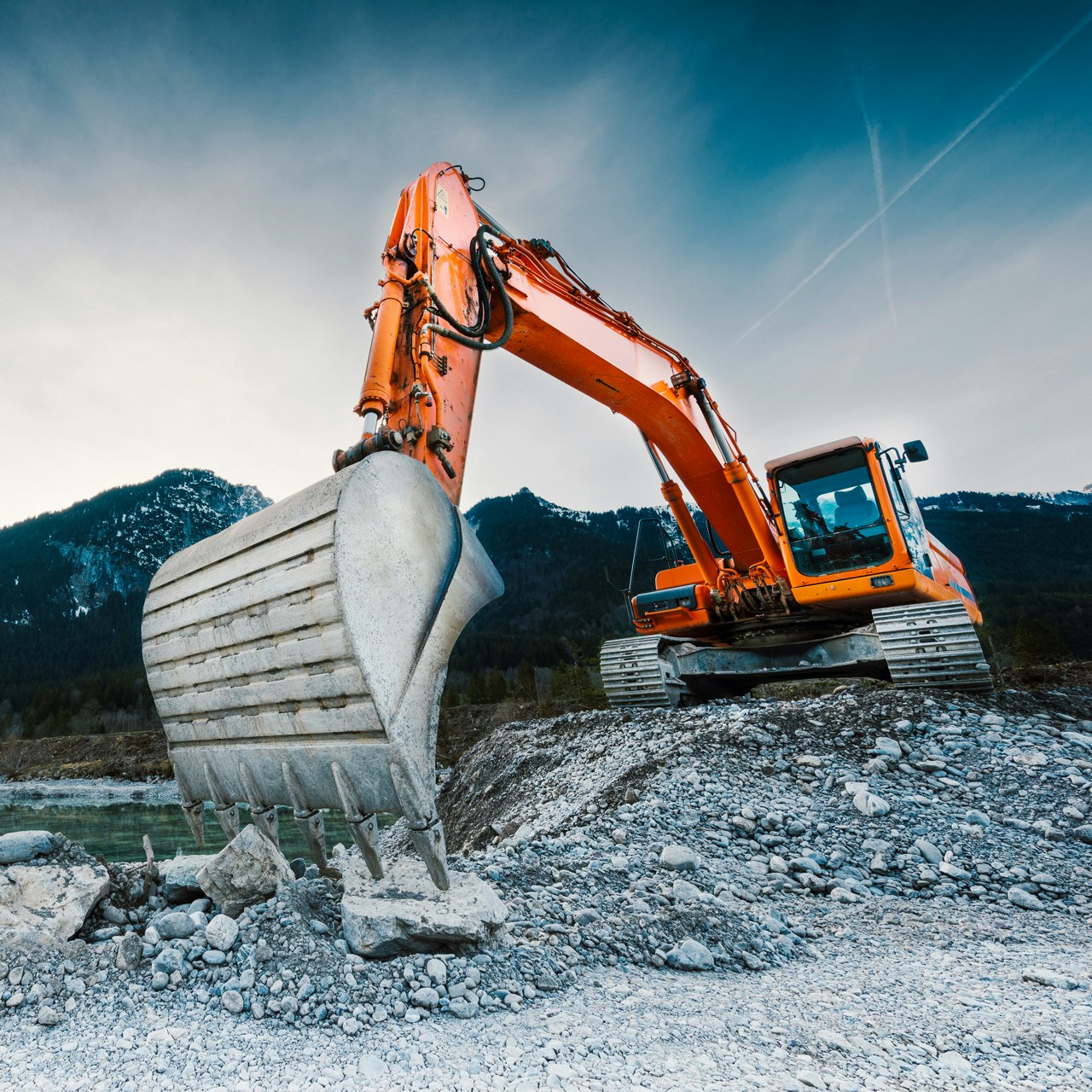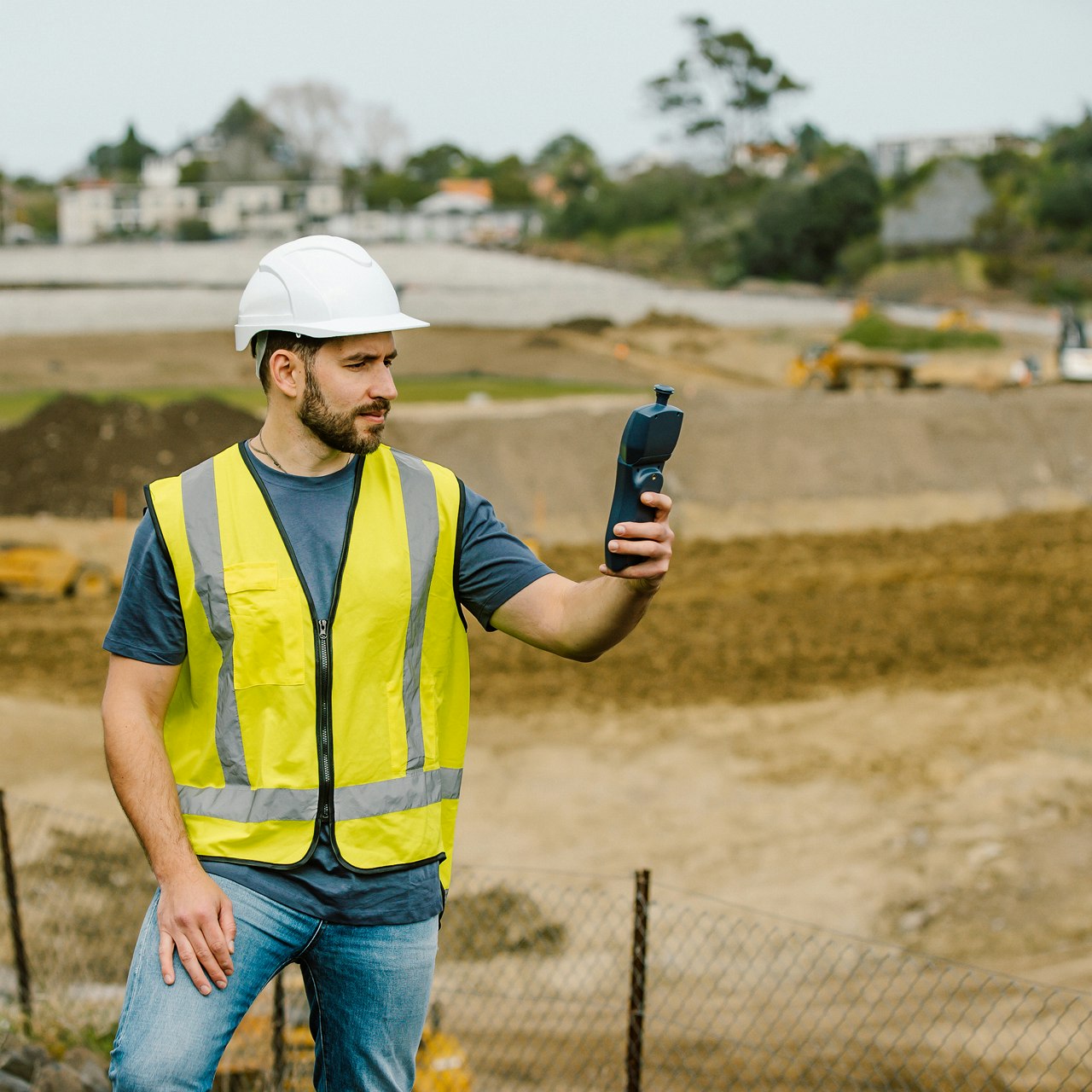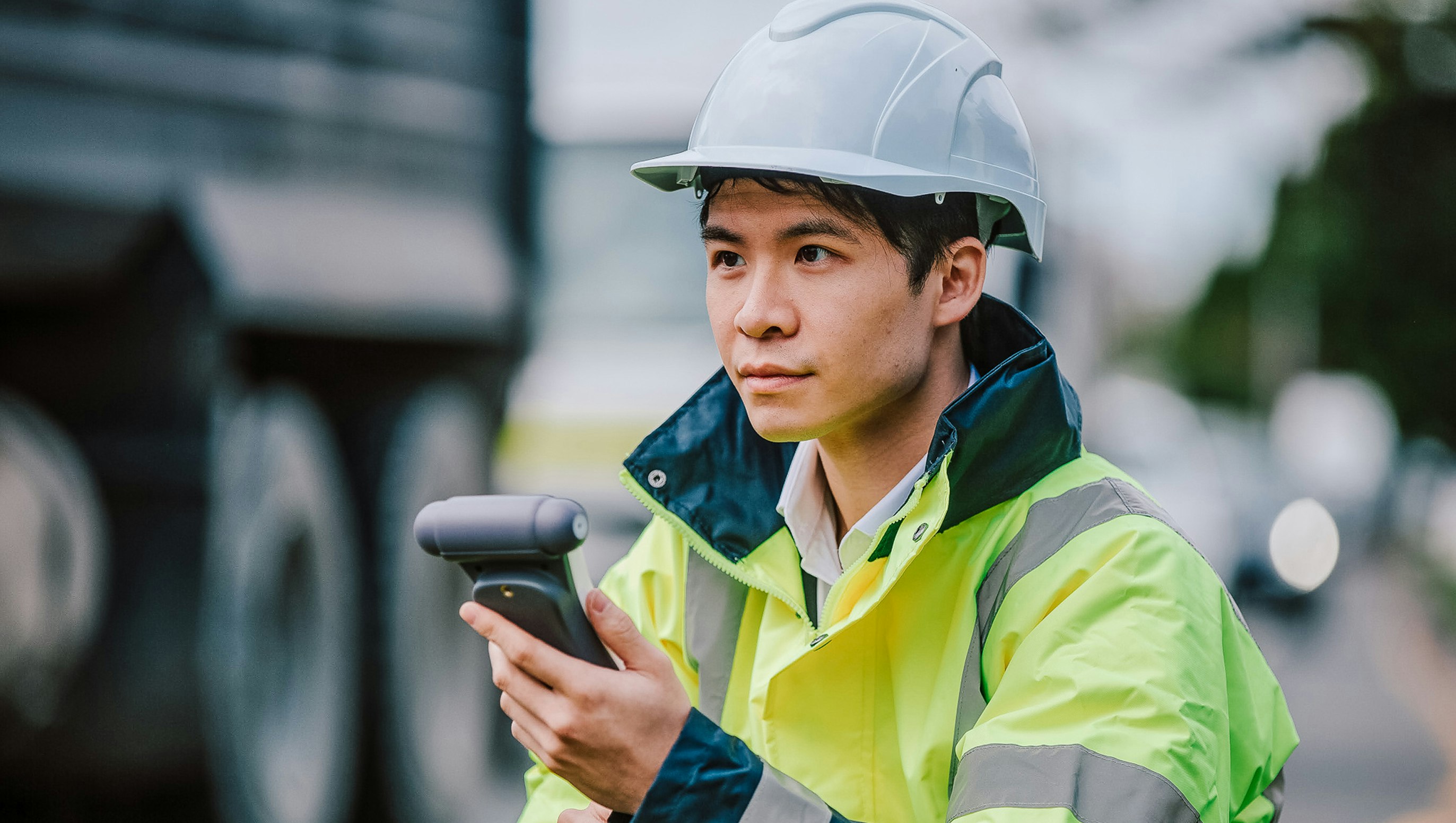Case Study
University Research Study Tracks Air Quality Microsites Using Real-Time Data
Dr Delgado-Saborit a lecturer at the University of Birmingham conducts research on pollutants and how they impact people in their daily lives.
Project Details
Project
University of Birmingham
Location
United Kingdom
Date
2011
Services
Series 500 ENV handheld with NO2 sensor
Measurements
NO2, temperature, and relative humidity
Sector
Community
The customer
Dr. Delgado-Saborit is a lecturer at the University of Birmingham. She is an expert in exposure assessment studies aimed at understanding the impact of pollutants on people in their daily lives. In her research, she uses sensors to measure human exposure to pollutants when engaged in different daily activities like cooking or using different modes of transport (e.g. walking, cycling, driving, etc.)
Public authorities report on air quality using measurements from a small number of locations. Then they take those measurements and use computer modeling to predict the air quality at locations across an entire city and at different times of the day.
Air quality reported in this way can be blind to “microsites” or pockets where exposure levels are much higher than the models predict. For example, a microsite could be at a busy intersection between very high buildings, or when a pedestrian passes by a large construction site. Neither does it take into account exposures that can occur indoors such as cooking or using a fireplace.
This problem is of great concern to Dr. Delgado-Saborit. She has dedicated her research to understanding when and where the highest levels of exposure occur. Her hope is that the information can be used to influence public policy, with a positive impact on human health.
The problem
In order to find these microsites of higher exposure, Dr. Delgado-Saborit needed a sensor that could tell her when and where levels of exposure were highest. She also needed a monitor which was portable, able to log a large amount of data, and at the same time be accurate enough to ensure her results would be credible within the scientific community.
Other handheld monitors are suitable for health and safety applications but lack sufficient accuracy for credible ambient air quality measurements. Conversely, chemiluminescence analyzers are very accurate but too large and cumbersome to be carried around by her volunteers.
Dr. Delgado-Saborit found what she was looking for in the description of Series 500 monitors and sensors on the Aeroqual website.
The solution
After consultation, Dr. Delgado-Saborit selected the Series 500 ENV fitted with a NO2 sensor head and optional temperature and relative humidity sensor. The ultraportable monitors have built-in data logging and lithium battery which would allow a full 8 hours operation in the field.
Sixteen staff and students were recruited to carry the monitors around for periods of 24 hours. The monitors weigh 460g and the volunteers were able to carry them in a backpack or belt clip during their daily activities.
In order to extend the sampling time, each subject was provided with an instrument charger and was instructed to connect the monitor to mains power whilst they were in the office or at home. This initiative enabled the collection of 24-hour samples.
Coupling the Aeroqual monitor with a GPS data logger allowed Dr. Delgado-Saborit to get real-time and space information which meant she would know when and where exposures occurred.
“The Series 500 ENV sensor is very useful for personal exposure measurements due to its lightness, wearability, logging capabilities and ease of use.”
Dr. Delgado-Saborit
University of Birmingham
Evaluation
In Dr. Delgado-Saborit’s opinion, the unique thing about the Series 500 ENV is that it gives researchers the ability to measure pollutants in real-time in personal exposure studies without being fixed in one location.
The readings she got, together with the additional GPS data, revealed the microsites and activities most likely to result in higher exposure levels. This is important, as contaminant sources, strengths, and exposures vary throughout the day as individuals move through different environments, and this monitor allowed her to capture these variations.
Dr. Delgado-Saborit’s work has been published in the Journal of Environmental Monitoring which is produced by the Royal Society of Chemistry (DOI: 10.1039/c2em10996d).
Aeroqual products used
Want to learn more?
If you’d like to know more about this case study, or to discuss your air monitoring requirements, please get in touch.












